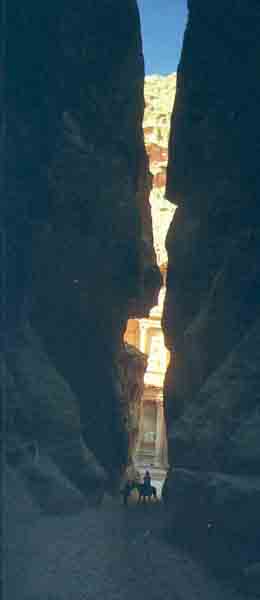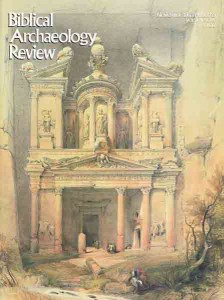
In 312 B.C. a Greek diplomat and historian named Hieronymus of Cardia visited the Dead Sea and probably the Negev and reported:a
“There are many Arabian tribes who use the desert as pasture, [but] the Nabateans far surpass the others in wealth, although they are not much more than 10,000 in number.”
Masters of the desert, the Nabateans were the dominant traders, merchants and caravan guides for centuries. The principal factor that accounts for the Nabatean superiority was their unrivaled ability to procure water in the desert. Hieronymus describes this in detail. In modern terms, the Nabateans transformed concentric nomadism into linear nomadism. The traditional wanderings of ancient nomadic tribes centered around the few permanent natural sources of water—the oases in the desert. The Nabateans, however, learned to line their cisterns with impermeable plaster. These desert cisterns were then filled with water from the occasional rains. In this way, they were able to store water for a year or more. The Nabateans could thus cross the inhospitable deserts of northern Arabia, the Negev and Sinai, finally reaching the harbors of the eastern Mediterranean, where, Hieronymus tells us, they brought caravan loads of spices and aromatics from Arabia.
Already a library member? Log in here.
Institution user? Log in with your IP address.

